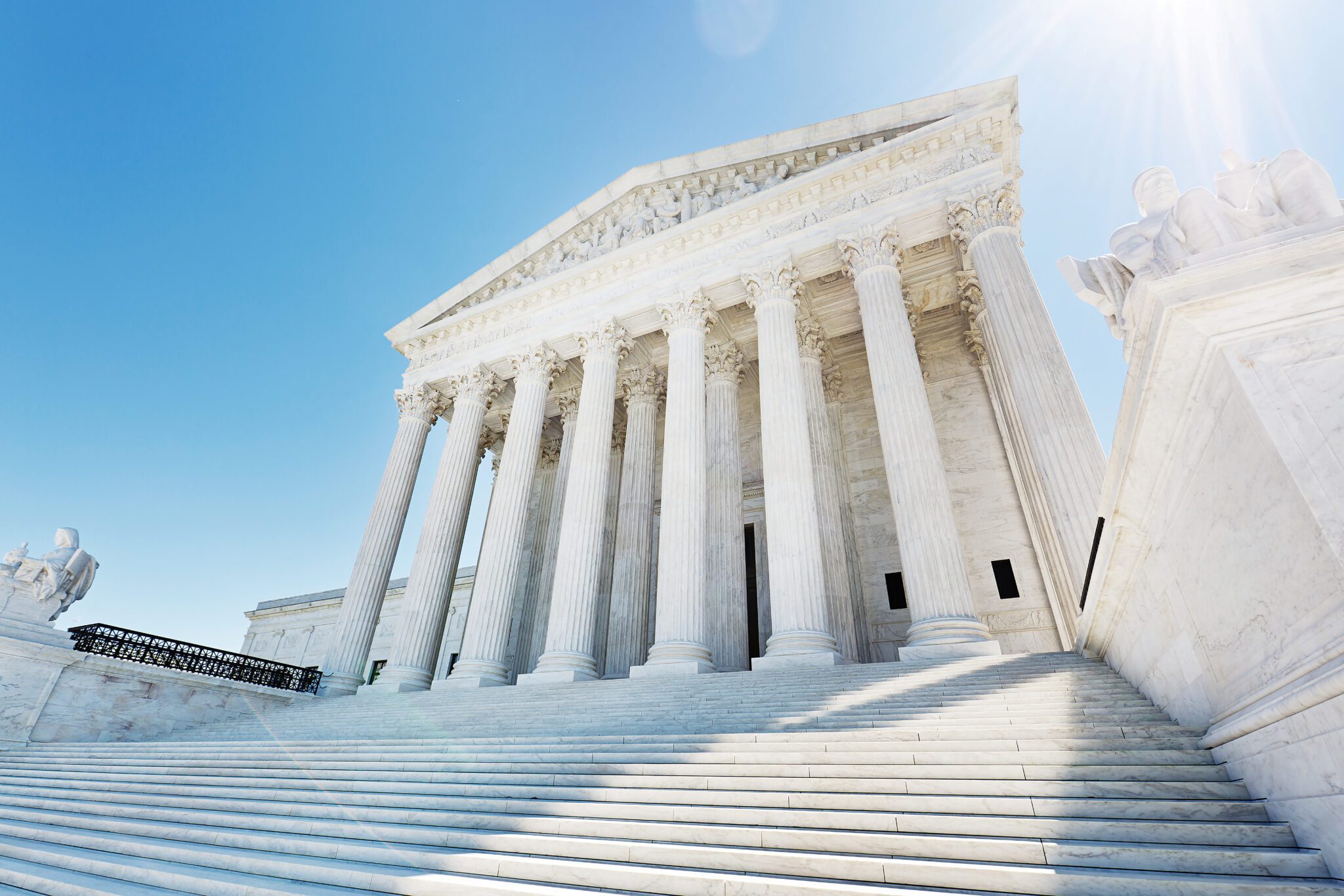Concerns and questions arose last year regarding an obscure provision in the Tax Cuts and Jobs Act of 2017—a provision requiring all employers, including churches, to pay an unrelated business income tax for parking provided to employees.
Legal and accounting experts differed on how the so-called “parking lot tax” would work, and whether it would actually constitute a tax on most churches once the Internal Revenue Service finally interpreted the provision for enforcement purposes. The IRS finally eased the uncertainty—albeit temporarily—when it issued interim guidance in late December.
In short, the IRS has provided its initial interpretation, which may foreshadow its ultimate position when it eventually provides permanent guidance. The good news: most churches will not face this tax. The bad news: some churches will. This article briefly offers four tips for determining whether your church’s parking situation will still trigger this tax.
The four steps
In IRS Notice 2018-99, the IRS provides a four-step analysis for owned (or leased) parking lots. The analysis has the potential to be a four-step analysis, but many churches will be able to stop the analysis after the second step.
The steps are:
- Determine the number of spaces specifically reserved for the church’s employees. The expenses related to these spaces create unrelated business income. For example, if the church has 500 parking spaces and designates 50 parking spaces exclusively for employees, then 10 percent of the expenses associated with the parking lot will count as unrelated business income. (For churches desiring to avoid this automatic potential for taxable income, the IRS is allowing employers to remove the reserved space designation as late as March 31, 2019, and the IRS will consider it retroactive to January 1, 2018.)
- Determine the use of the remaining spaces. Utilizing the example in Step 1, analyze the use of the remaining 450 parking spaces—those parking spaces not exclusively designated for employee use. If at least 51 percent of the remaining spaces in the parking lot are available to the general public, then all the remaining spaces are considered as utilized for the general public, and the expenses related to those spaces do not create unrelated business income. For churches, the spaces available to their attendees are classified as general public use, even if they are unoccupied most of the time. Therefore, if more than 225 of the 450 remaining spaces in our example are empty or used by members or visitors, then all the spaces are considered as used for the general public, and none of the associated expenses are included in unrelated business income. However, if employees primarily use the spaces, then the expenses related to these spaces do create unrelated business income.
- If it is determined in Step 2 that the parking spaces are not primarily used for the general public, then determine the number of spaces reserved for non-employee use. For example, reserved non-employee spaces include spaces reserved for visitors and customers. The expenses related to these spaces do not create unrelated business income.
- If it is determined in Step 2 that the parking spaces are not primarily used for the general public, then it must be determined what expenses will be allocated to the employee spaces. The church may use an actual number of spaces and number of days the employees use the parking spaces, or it may adopt any reasonable method to determine this usage on a typical day. The employee usage is multiplied by the actual parking expenses to arrive at the unrelated business income amount. For example, if the church has 500 parking spaces and regularly has 300 employees utilizing parking spaces, then the church will treat 60 percent of its total parking expenses as unrelated business income.
Most churches may avoid filing Form 990-T if their unrelated business income amount is less than $1,000 during the year. For example, if the church has 500 parking spaces and 100 spaces are specifically reserved for employees (Step 1 of the above analysis) and the church had parking lot expenses of $4,000, the expenses subject to reporting as UBI would be one-fifth of that amount—or $800. If there was no other unrelated business income, no Form 990-T is required because the $800 is below the $1,000 filing requirement.
Additionally, if a church has another source of unrelated business income, a loss from the other source may be netted against the income created through this provision and reduce the amount of tax due.
Adapted from an article that first appeared on Christianity Today’s ChurchLawAndTax.com. Used with permission.









